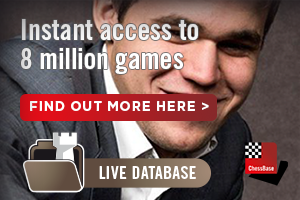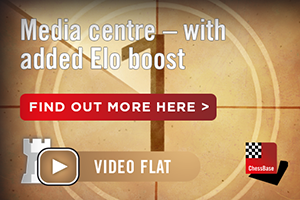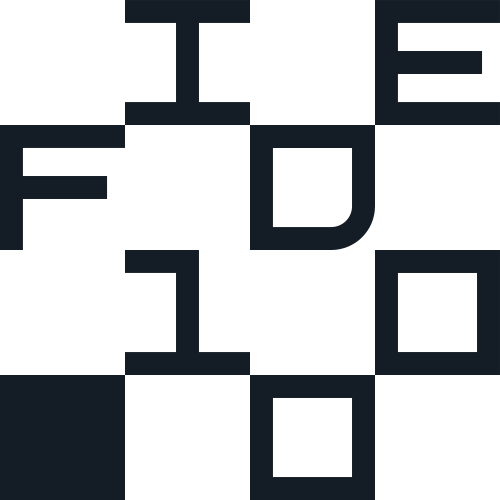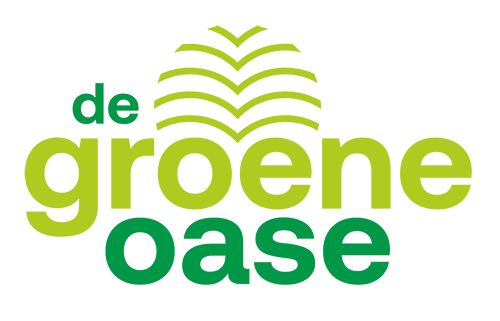The Hoogeveen Open has 37 live boards, which is unique in the Netherlands. The new software programme livechess 2 that is being used in the Hoogeveen town hall since yesterday was developed by the Belgian software developer Jan Vanhercke, and is connected to the new plastic DGT smartboards.
‘Wood is beautiful’, Vanhecke says, ‘but it’s heavy, and it has to be solid too. The wooden boards that have been used up to now are pretty hard to manage due to their thickness and weight. Now DGT has made a board that looks like wood, but is thinner and weighs less because it’s made from plastic. It has been extensively tested: it doesn’t curve, it doesn’t bend, and it doesn’t wear.’ The technique is also highly sustainable; it uses about ten times less energy than the old technology.
To fabricate the boards in such a way that they give good signals and indicate which piece is on which square is not the biggest problem. ‘The big challenge is to read the data sent from the boards well, and convert them into a real chess game. For examples, players don’t always carry out their moves completely “correct” on the board, and some positions can appear on the board in different ways. Sometimes you just don’t know what actually happened on the board.’
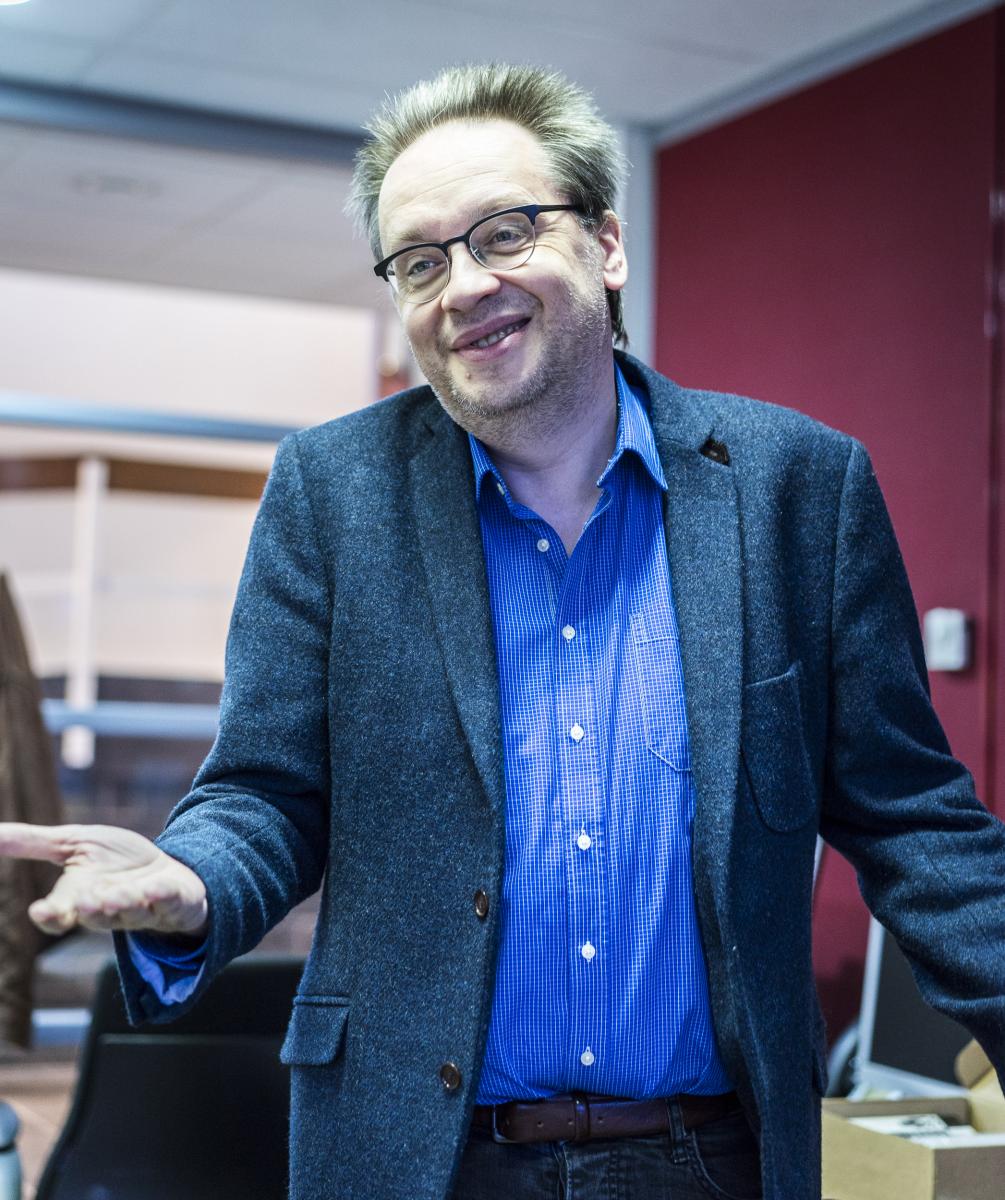
Jan Vanhercke
Vanhercke has been searching for ten years for a satisfactory solution. ‘In the first two or three years I’ve been mainly cursing. Often I thought I had it, and then I didn’t. After a lot of research and further and further refinements I found an algorithm that became the basis of livechess. I came into contact with Albert Vasse, and ever since then DGT is working with this software.’ What the solution includes has to remain a secret, of course: ‘Let’s say that I solved it by not looking at the problems the way a chess player would.’
‘Of course we will keep refining and updating the equipment and the software, but what we have here is the basis for the future’, Vanhercke claims. A ‘preliminary version’ of Livechess 2 has already been used on 64 boards at the Belgian national junior championships in April of this year. ‘It worked like a dream there. Now we are using it for the first time in combination with these smartboards.’
Of course it is exciting to find out whether this new combination of state of the art software with hardware will also work well in a top tournament like Hoogeveen. ‘If things go wrong, I cannot do so much from a distance’, Vanhercke says. ‘But actually this is no longer an experiment, we’ve done that in Belgium. The software is quite robust, and Lennart Ootes is the perfect man to operate it. I will be following the developments from a distance.’
DGT’s aim is to make this equipment well accessible for the entire chess community. ‘We want to make it possible that a club can put its activities online in a simple way, even if it doesn’t have a server at hand. This is possible, for example, with a ‘cloud service’. We have developed that too, and used it in tournaments like Tata Steel, the London Classic, and also at the World Championships Rapid and Blitz. That function is also almost ready. This package has to be useful for both small clubs and big tournaments.’
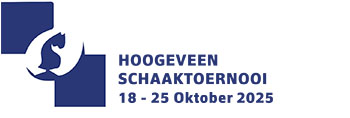
 .
. 





